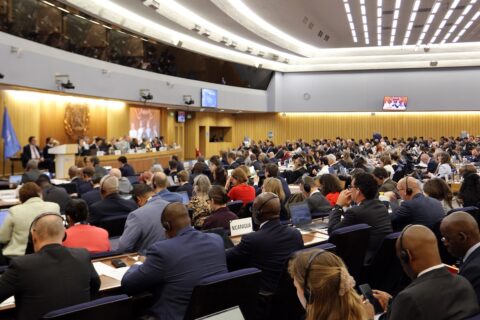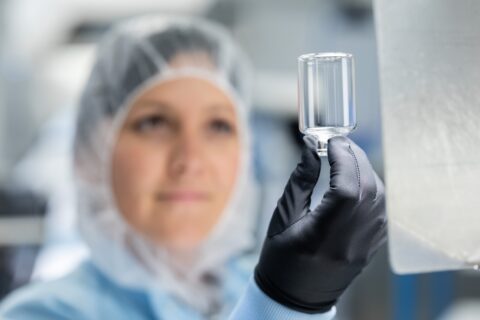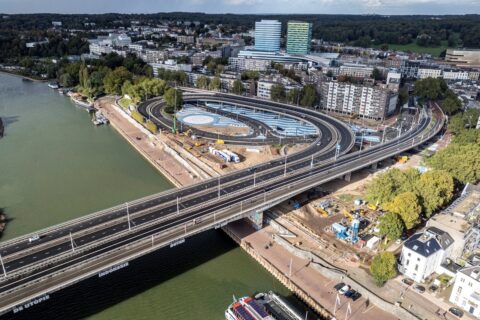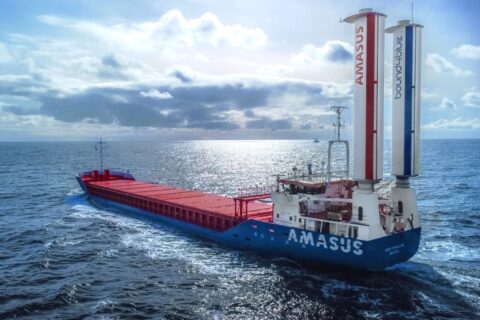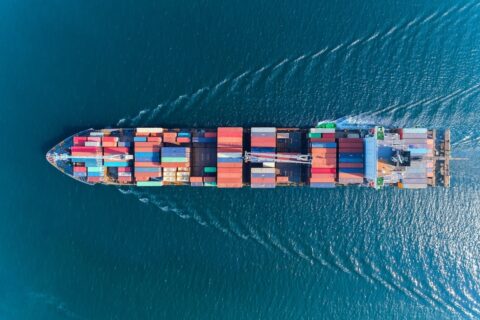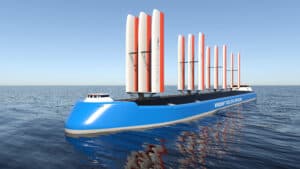
Described as having potential to become the ‘Tesla of the Seas’, an innovative solution for zero-emission shipping has been unveiled, in a bid to help revitalise an industry under pressure to transition. Commercial shipping is one of the biggest contributors of greenhouse gas emissions, operating a global fleet of some 37,000 vessels, with a total CO2 output accounting for 3% of the world total. By 2050, the industry is on course to constitute at least 10% of global world CO2 emissions, if left unchecked.
In response, the groundbreaking True Zero Emission design has been launched by Windship Technology, a British company with a whole-ship solution to tackle CO2, backed by one of the world’s leading classification agencies, DNV.
Starting from a clean drawing board, Technical Director Simon Rogers and his design team at Windship developed and tested the patented high-performance, super efficient triple-wing rig at the renowned Wolfson Unit in Southampton.
The technical team have further developed a new diesel electric ship drive system that eliminates CO2, NOX, SOX and particulate matter to True Zero, whilst also incorporating large solar arrays, carbon capture, optimised hull shapes and specialised weather routing software into the overall design package.
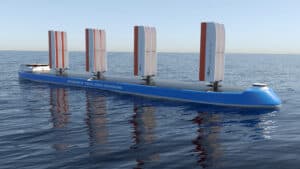
The eye-catching triple-wing rigs produce a driving force several multiples greater than single-masted solutions of the same height currently being promoted in the industry. The 48m Windship Technology rig is stowable on deck through a unique, innovative solution to aid port navigation and cargo handling. Its composite structure draws on technology and design from the wind turbine industry, ensuring reliability and longevity beyond 25 years.
Professor Philip Wilson, formerly Professor of Ship Dynamics at the Ship Science Department at the University of Southampton is convinced by the Windship Technology solution, saying:
“The holistic approach demonstrated in this solution whereby wind power, solar power and the reduction of harmful exhaust emissions to effectively zero, are all brought together, means that at last there is a design solution that the International Maritime Organisation can champion to achieve its requirements for ‘at least’ zero-carbon shipping.”
Windship Technology has also now announced a significant partnership investment agreed with the international registrar and classification society DNV, who will be conducting both an outside-in and inside-out verification to fully assess the company’s whole-ship design with a view to classifying emission reductions, safety and operability.
Endorsing the partnership, Senior Vice President of DNV, Per Marius Berrefjord commented:
“We are delighted to be working with such experienced professionals at Windship Technology in a project which aims to help transform the entire shipping industry to True Zero. We will work closely with the project team in a fully transparent manner as we now initiate the work to establish a simulation model that will help us verify the GHG emission reduction capability of the technology. We are also preparing for a HAZID to verify the safety and operability of ships with Windship Technology installed.”
Shipping not fit for purpose and must change
Talk of a ‘Tesla of the Seas’ solution for shipping is welcome in a market under economic and environmental pressure.
Against a backdrop of new-build ship orders down over 50% in 2020, regulators such as the International Maritime Organisation are already demanding environmental and sustainable industry reform, with the backing of the UN.
Rising to the challenge, the Windship Technology True Zero Emission solution currently represents the only viable and most economical zero emission project for ocean-going bulk carrier and oil tanker ships. As an investment case, the solution therefore appeals to asset owners looking for security over the duration of a ship’s working lifetime.
Speaking about the new cooperation with DNV, Lars Carlsson, Director of Windship Technology, commented
“Working with DNV is a major step towards proving true zero-emission status. The industry cannot sit back any longer. The clock is ticking and regulation will force a new approach for an industry that is traditionally hesitant to change.
“Shipping is not fit for purpose in the future. Shipping and oil are the only major industries still increasing their emissions and must change and think differently, if they are to have any hope of reaching the emissions targets set out in law.”
Further Reading:
- More about Windship Technology;
- More about services for the maritime sector at Det Norske Veritas (DNV);
- More about the Wolfson Unit at Southampton University;
- More on the emissions reduction measures proposed by the International Maritime Organisation (IMO);
- Also on SustMeme, Round-the-world boat race to make waves in sustainability;
- Also on SustMeme, World Sailing challenge inspires new electric boat innovation;
- Also on SustMeme, Seawater harvesting for island hotspot in Baltic Sea;
- Also on SustMeme, Green berthing area for Port of Hamburg moors ships off-grid;
- Also on SustMeme, First hybrid crew transfer vessels for UK offshore wind farm;
- Also on SustMeme, Green tide on the rise for electric shipping.
>>> Do you have sustainability news to broadcast and share? If you would like to see it featured here on SustMeme, please use these Contact details to get in touch and send us your Press Release for editorial consideration. Thanks.


